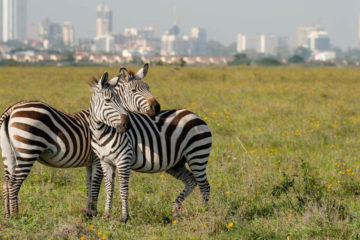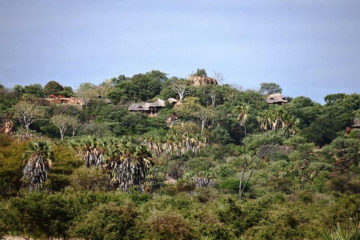Tsavo West, together with its expansive Tsavo East neighbor, combine to equal a massive 4% of Kenya forming one of the largest national parks in the world. The park is home to the Big Five, but wildlife viewing can be a bit slow at times. There are, however, several landmarks worth visiting including Mzima Springs with its underwater observation chamber for close-up views of hippos, recent lava flows and a rhino sanctuary.
Best Time to Visit
If you prefer your vegetation green instead of brown, and want a clear view of Kilimanjaro, then the Wet season (October to May) is when you’ll want to visit. Migratory birds also offer a great spectacle at this time. But for wildlife watching in general, you should really go in the drier months, when a lack of water sees animals gather at local rivers and waterholes.
Tsavo West is a real wilderness destination. All of the Big Five are present, but wildlife densities are lower than in some of the more popular parks in Kenya. However, there is a good variety of animals with many dry-country specials, including the shy lesser kudu and the rare fringe-eared oryx. Large elephant herds can be found gathering at the waterholes.
Tsavo West has a rugged, arid landscape. In contrast with the flat plains of Tsavo East, Tsavo West is marked by a number of rocky outcrops and volcanic hills. Shetani lava flows, just outside the park, make for a great excursion. On a fine day, the park offers lovely views of the snow-capped peaks of Mount Kilimanjaro.
Weather & Climate
Like its sister park to the east, Tsavo West is a hot and dry place, even if temperatures drop significantly at night. The best place to escape the heat is the higher altitudes of the park, where it cools by 6.5°C/3.5°F for every 1000m/1000ft you climb. The Dry season (June to September) is characterized by bright, sunny days, and the Wet season (October to May) by afternoon showers.




